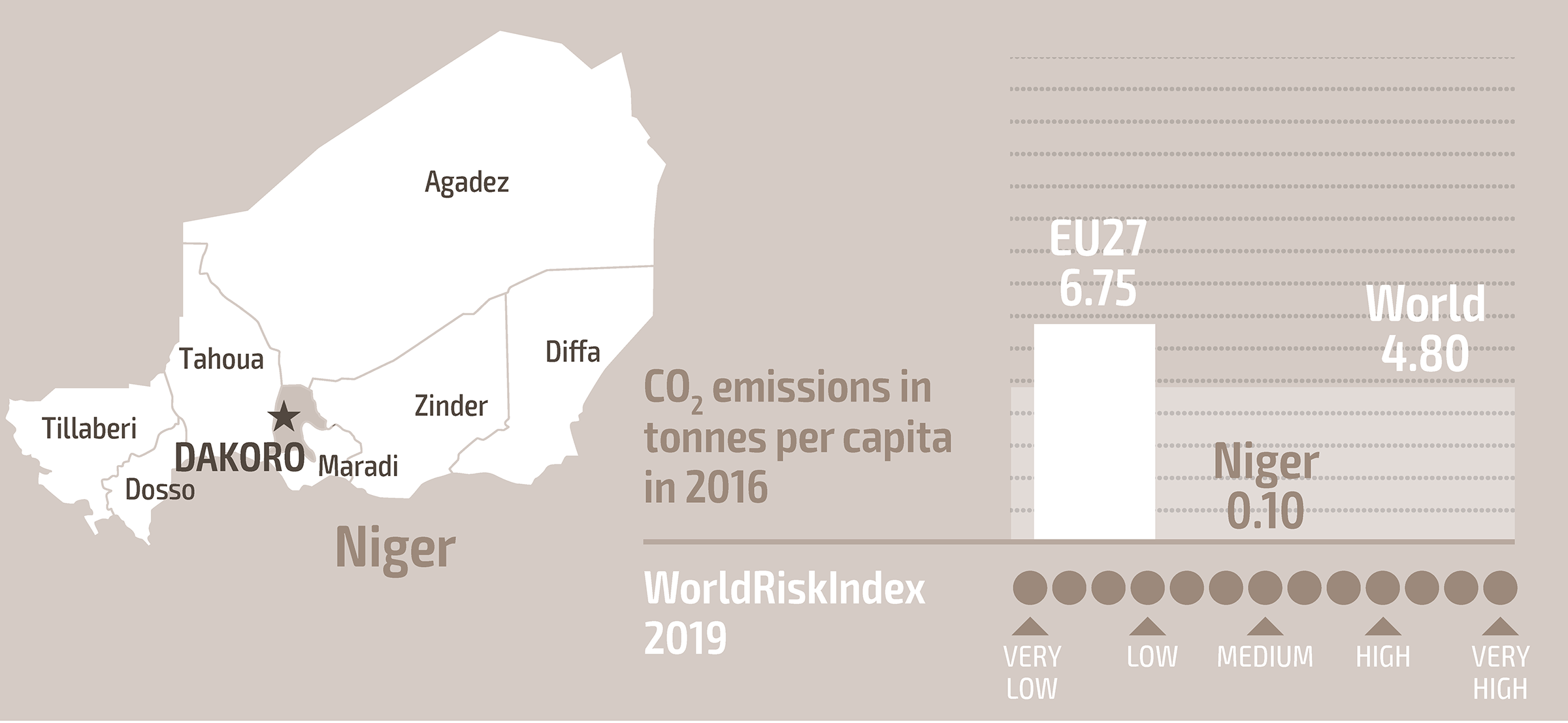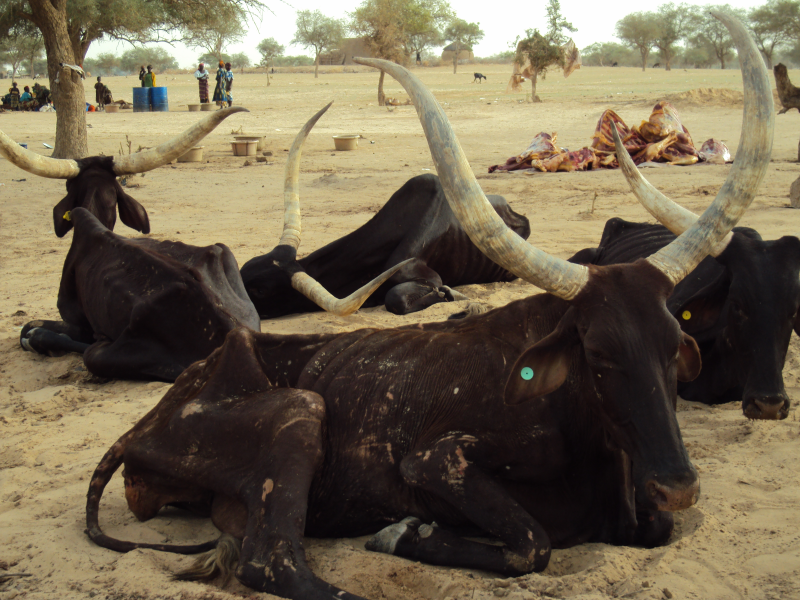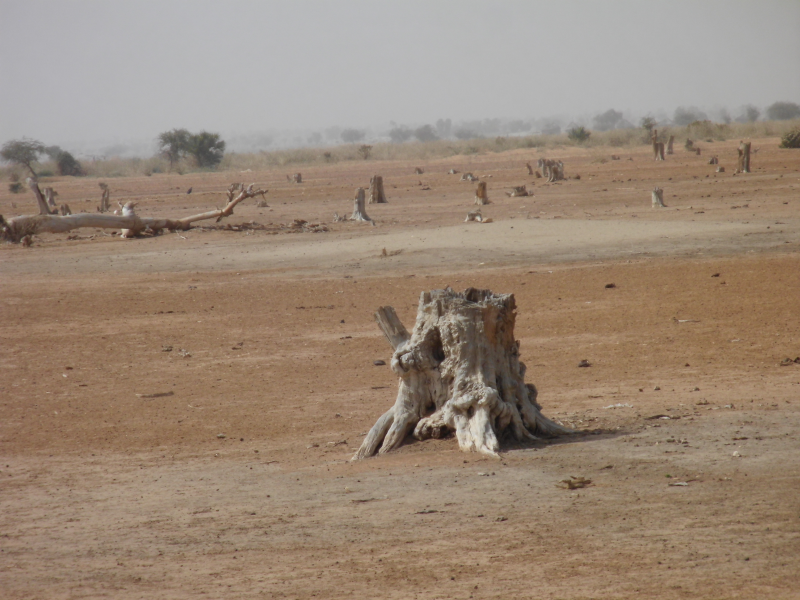Pastoral crisis
Jobari Mokao, a stricken nomadic herder
© CESAO -PRN
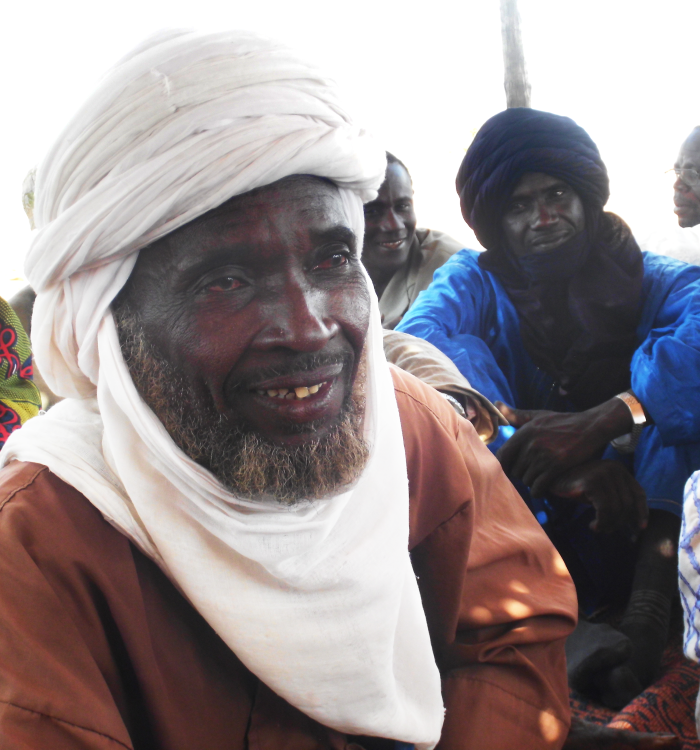
I’m Jobari Mokao from Bermo village, which lies to the north of Dakoro in pastoral areas of the Maradi region of Niger. For over ten years, successive years of drought have led to a shortage of fodder, a deterioration in the quality of our pastures and insufficient water for our animals, which have caused repeated pastoral crises.
We lost 30% to 100% of our livestock during these years of crisis. The strongest animals survive but lose more than one third of their weight – and over 90% of their value. Thus, at the height of the crisis in 2010, an animal worth 250,000 CFA francs was sold for no more than 10,000 CFA francs in our region. Worse still is that aftersuffering through the dry season, it is often the thermal shock of the first rains that ultimately overwhelms the animals.
Scientific Background
Niger has suffered repeated food crises for a decade now. These crises are the result of disruptions in rainfall: drought, uneven distribution of rainfall in regionsand periods, short winters, floods and so on.
The 2011/12 crisis was characterised by food insecurity for 5.5 million people – so, more than one third of the population. The fodder deficit was estimated at 50% of livestock consumption needs. In 2010, a pastoral crisis led to the loss of nearly five million cattle – one quarter of the stock. The poorest households lost almost 90% of their animals and, with this, their means of survival. These recurring pastoral crises have dire consequences for the communities residing in pastoral areas such as north Dakoro in the Maradi region of Niger.
Degradation of the ecosystem
Finda Lompo, 74 years old
© CESAO -PRN
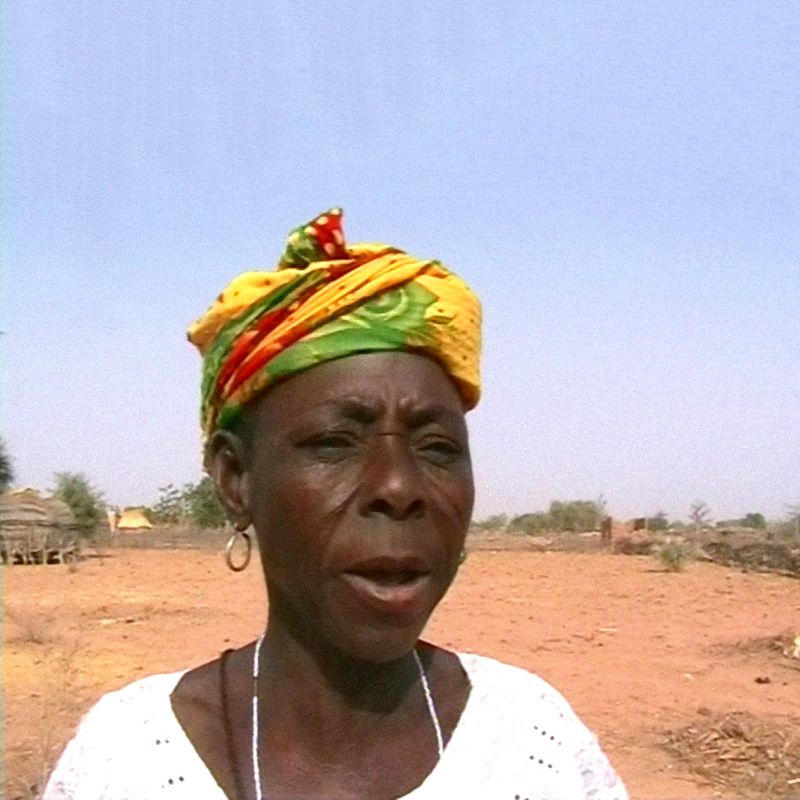
My name is Finda Lompo and I was born in around 1946 in Niaktiré, in the rural commune of Makalondi in the Tillabéri Region of Niger.
The forest has lost its soul. It used to be full of gum arabic and wild fruits of inestimable value to the local people. Today, everything is gone. Worse still, the medicinal plants we use have also disappeared. It has brought despair to us women because we have lost our livelihood. The forest is disappearing and we call for it to be saved.
Scientific Background
Floods, torrential rains, rivers breaking their banks and lower rainfall, all of which are the result of climate change, lead to the loss of woody and herbaceous plant species and thus to a deterioration in the quality of the ecosystem.
Around 100,000 to 120,000 hectares of forest are lost in Niger every year. This in turn forces 25% of the population and their livestock to live on degraded land – with the associated deterioration in their living conditions. This is the case in Makalondi commune, in the Tillabéri Region.
The rainfall index (shown here for the Tillabéri Region) determines how wet or dry the rainy season was between 1951 and 2007:
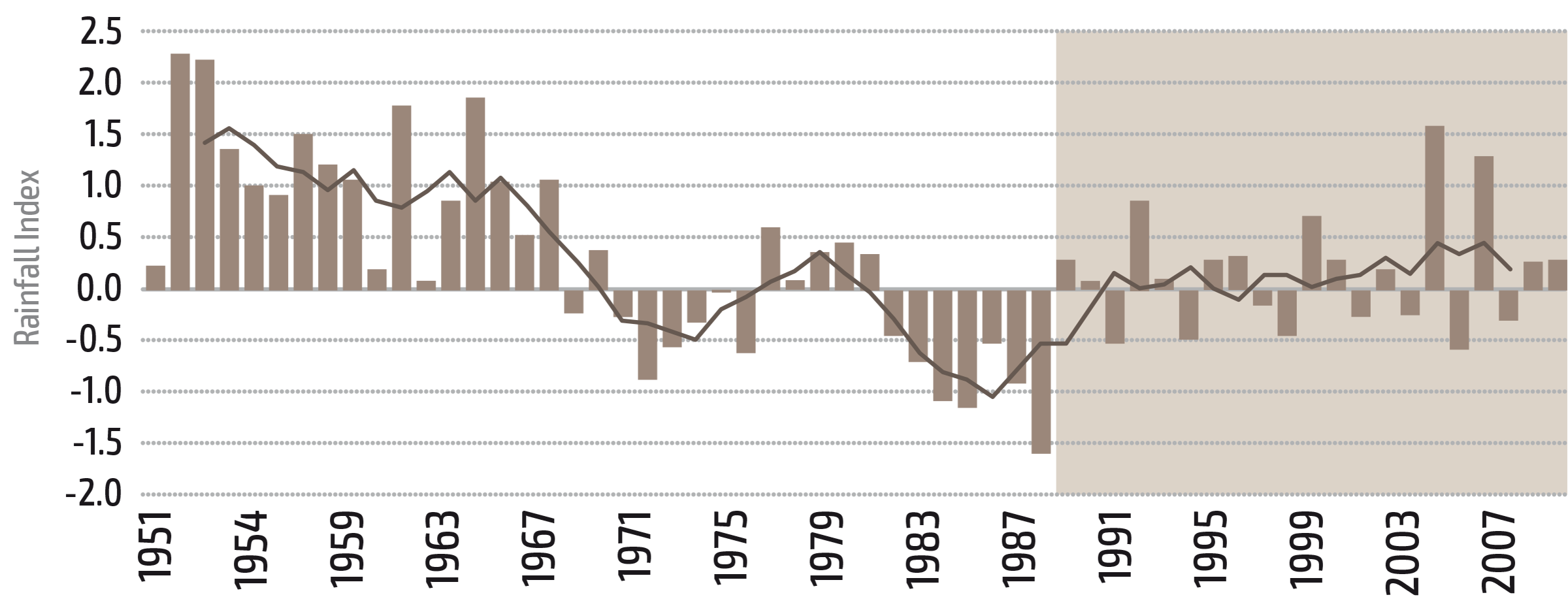
Positive values indicate the years in which rainfall exceeded the average for the period 1951– 2007 and negative values indicate the years in which it was lower. The chart shows that in 1969, the Tillabéri Region (like the rest of the Sahel) shifted from a period of seasonal excess to one of recurring seasonal deficit with disastrous consequences for the ecosystem.
